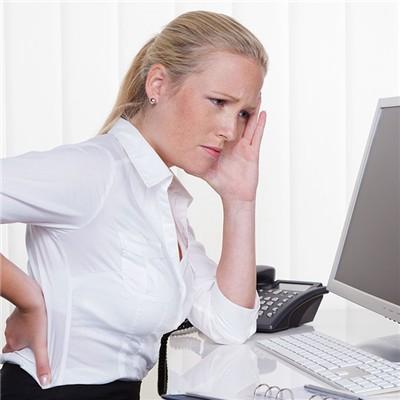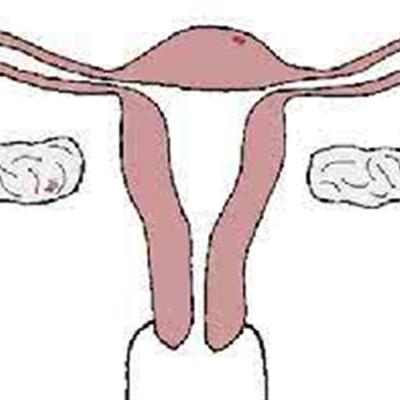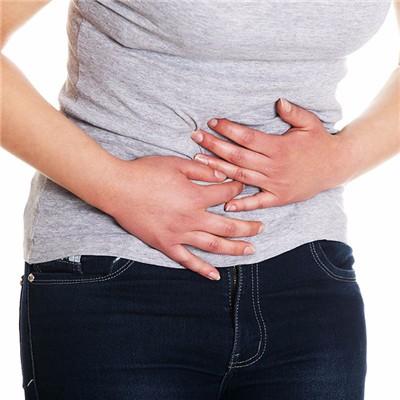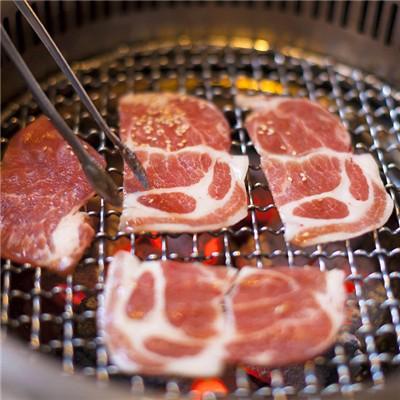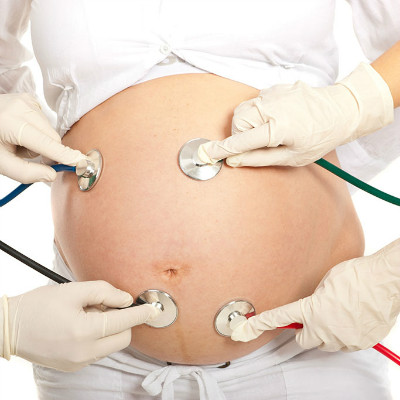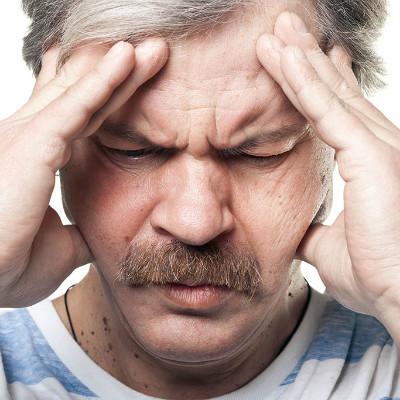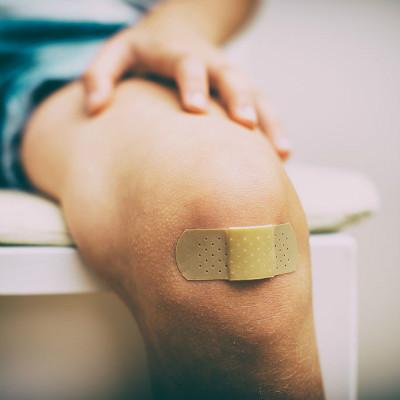Constipation and bloody stool?
summary
Blood discharged from the anus, stool color is bright red, dark red or tar like (black stool), are called hematochezia. Bloody stool is just a symptom, not a disease. Hematochezia is more common in lower gastrointestinal bleeding, especially in colon and rectum lesions, but also in upper gastrointestinal bleeding. The color of hematochezia depends on the location of gastrointestinal bleeding, the amount of bleeding and the time of blood staying in the gastrointestinal tract. Hematochezia with skin, mucous membrane or other organ bleeding phenomenon, more common in blood system diseases and other systemic diseases, such as leukemia, disseminated intravascular coagulation and so on. Hematochezia often accompanied by symptoms to talk about.
Constipation and bloody stool?
1. Intestinal polyps: less bleeding, bright red blood, not mixed with stool, sometimes with mucus, polyps near the anus can sometimes prolapse outside the anus, 2, hemorrhoids: mainly internal hemorrhoids and hematochezia, hematochezia generally occurs in the process of defecation or after defecation, showing dripping blood or spray, bright red blood, not mixed with feces, occasionally accompanied by tumor prolapse.
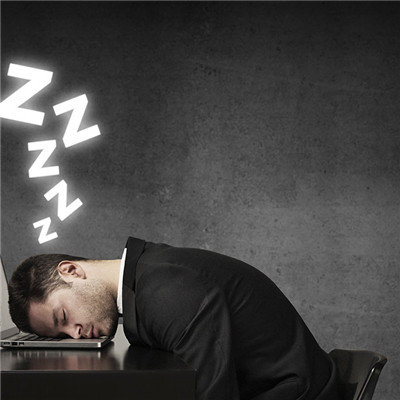
3. Enteritis: often intermittent hematochezia, a small amount, and feces contain pus or mucus, often accompanied by diarrhea, abdominal pain and other symptoms. 4. Anal fissure: irregular and sometimes non bloody stool, bright red blood, blood stains after dripping or wiping with toilet paper, and severe anal pain after defecation or defecation.

5. Intestinal malignant change: the number of stool increased, pus blood stool, mucus blood stool. The blood color is bright red or dark red, and drops on the surface of stool; In the late stage, purulent and bloody stools often appear, accompanied by anorectal drop, emaciation, stool habits change and other symptoms. 6. Anal fistula: the amount of hematochezia is small, often mixed with feces, showing purulent blood or pus blood mucus like stool, with bright red color, a sense of urgency and tenderness in the left lower abdomen, accompanied by abdominal pain, diarrhea, nausea and vomiting.
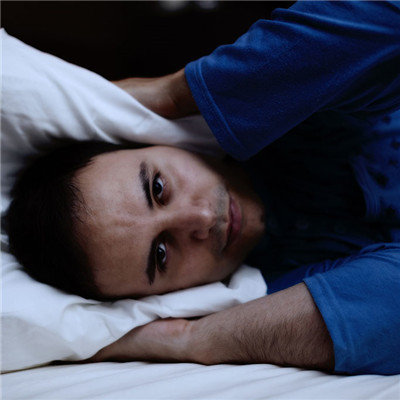
matters needing attention
To remind the majority of patients, we must check as soon as possible to determine the cause of hematochezia, and hemorrhoids anorectal disease patients must check early, early treatment, in order to avoid aggravation of the disease, to bring greater harm to their own health.

